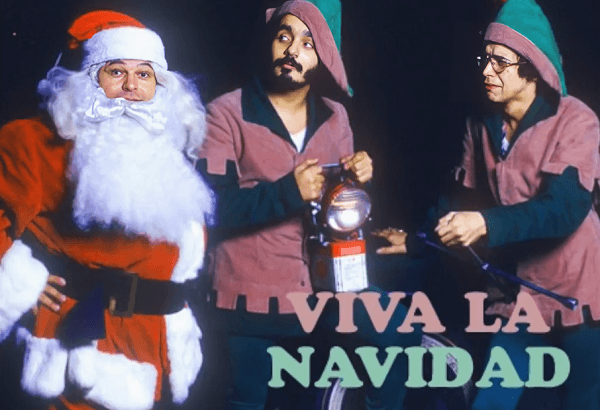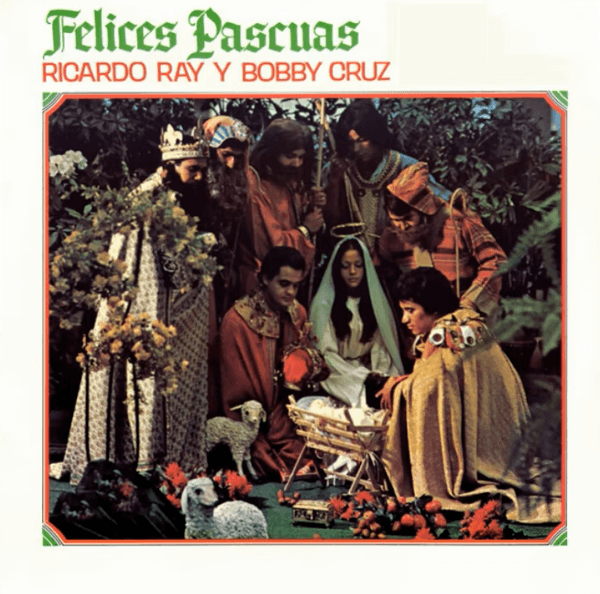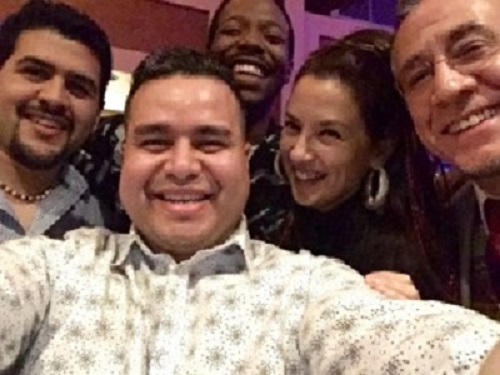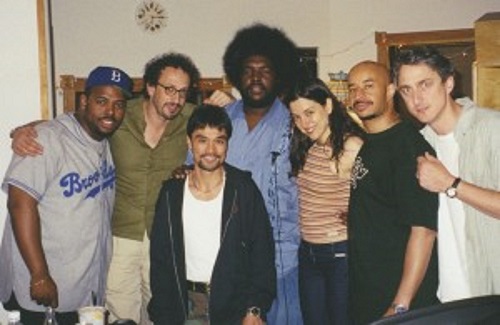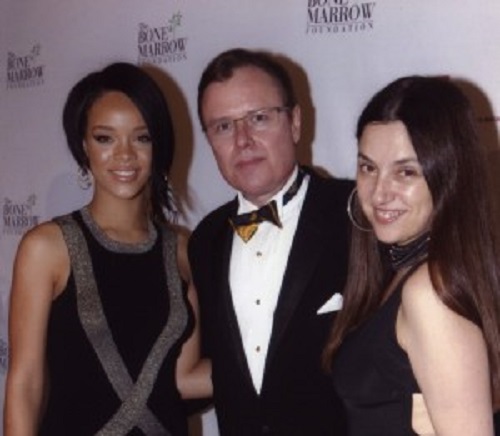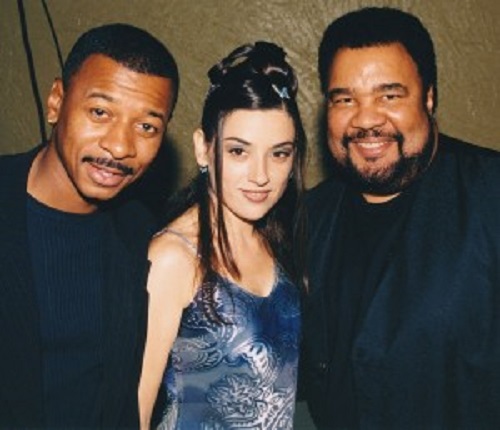Latin America / Venezuela / Caracas
The Salsa World by Melómana
Born on July 2 in the populous and musical parish of San Agustín del Sur, she reserves the year of her birth, which, although it does not weigh her down, assures that they are years of hers and each one has earned them by hand.
She studied at the Don Pedro “Fe y Alegría” school, and although he has prepared himself for life, he does not like to talk about titles. Consider that these do not define the human being, because the higher you get, the more humble you must be. At this point in his life, with fewer shocks, he finds himself pursuing another professional dream.
Music lover from her mother’s belly, affirms that they fed her with a bottle to the rhythm of the Matanzas sound and other rhythms of that golden age. She feels a great passion for her friend salsa, the one that doesn’t let anyone down.

She has been President of Asocosalsa San Agustín for nearly 5 years, an Association of Salsa Collectors in Venezuela, which was born 44 years ago by Elio Navas, with the purpose of highlighting and publicizing the great musical talent that Venezuela has. , today is one of the largest collectors’ associations in the country, with almost 48 representatives nationally and internationally.
Attending the different events that take place in some places of the capital city, he realized that very few media echo the great work that the country’s musicians do to show their talent.
This is how she began to leave a photographic record of each one of them, that is when Elio Navas called her to create an Asocosalsa page with the name of the parish where she lives: and that is how “Asocosalsa San Agustín” was born.
The rest is embodied in its two Facebooks, where it seeks to make the micro visible and turn it into a macro; They are already part of the history of salsa, each one contributing their grain of sand to highlight what is ours and that the salsa does not decline. Because as our friend says: It’s no use having everything, if you don’t contribute or leave a positive mark in your time in this world.

And how not to love salsa if he was born and grew up where the thing started!!
Salsa has a woman’s name…
Salsa is the seasoning that gives joy to the days.
Salsa always cheers you up, because its rhythm is contagious and moves the hip to the cadenced woman.
Salsa enters your skin and shakes your veins, it makes you forget all your sorrows with its melodious rhythm. Salsa fills your being with its tasty rhythm and makes your friends enjoy feet, oh what a tasty rhythm!
